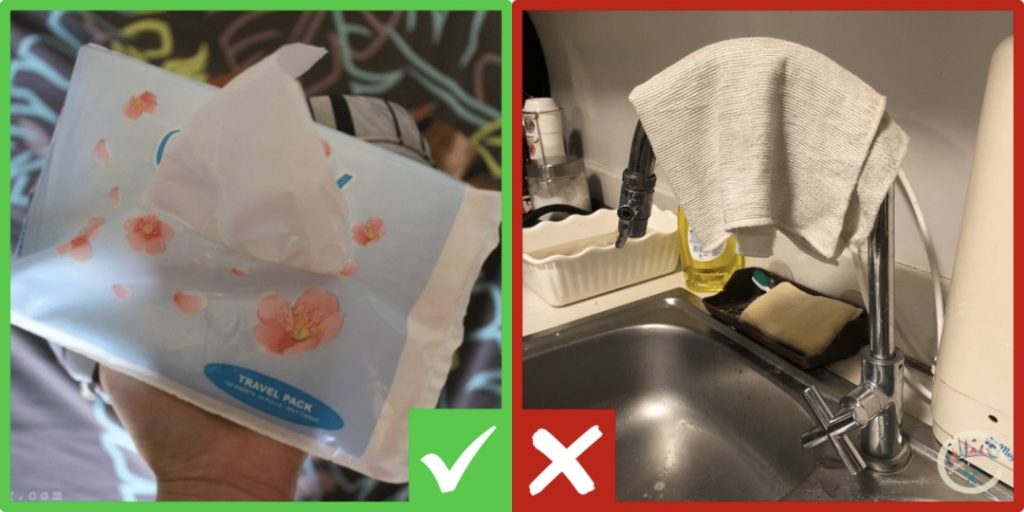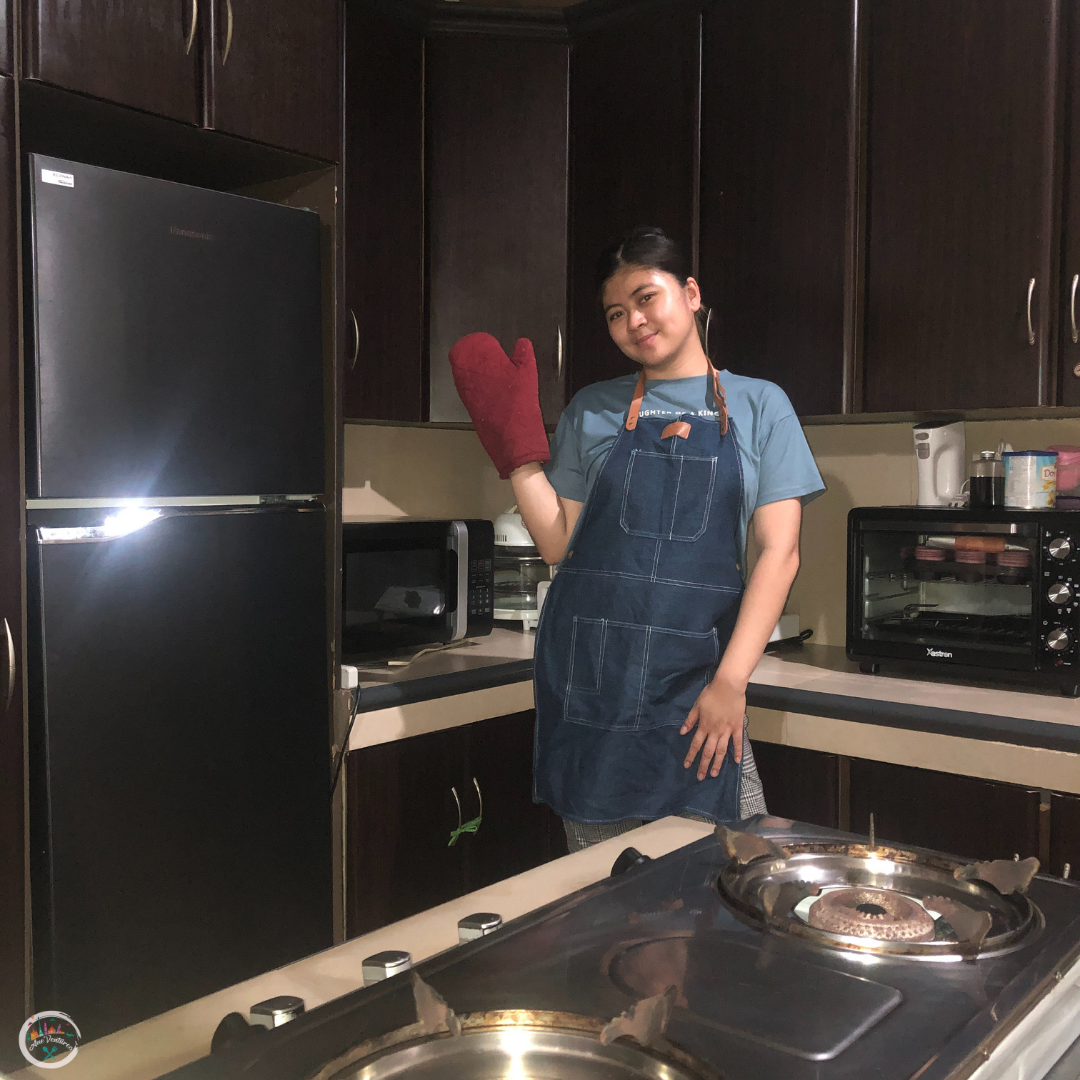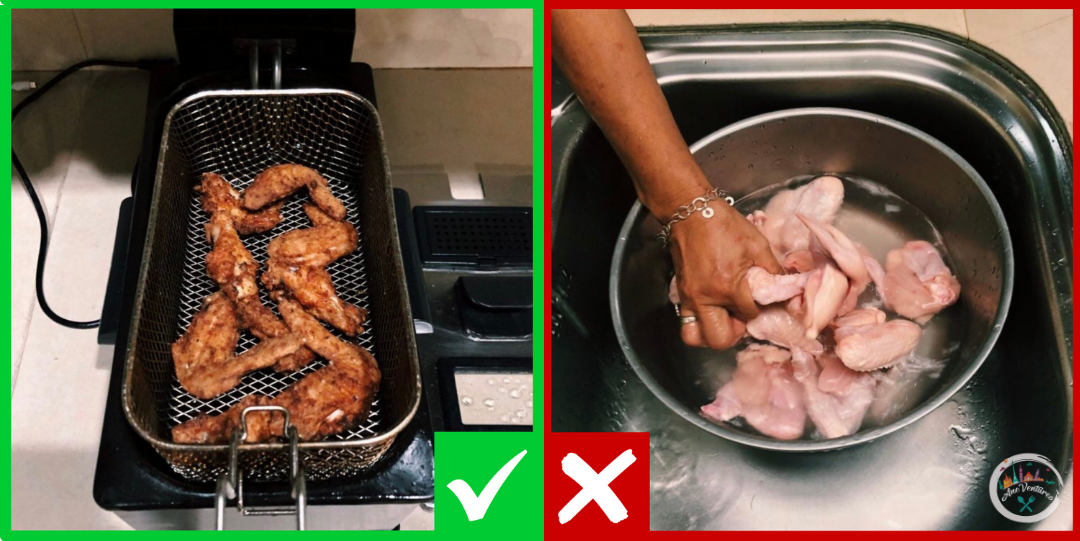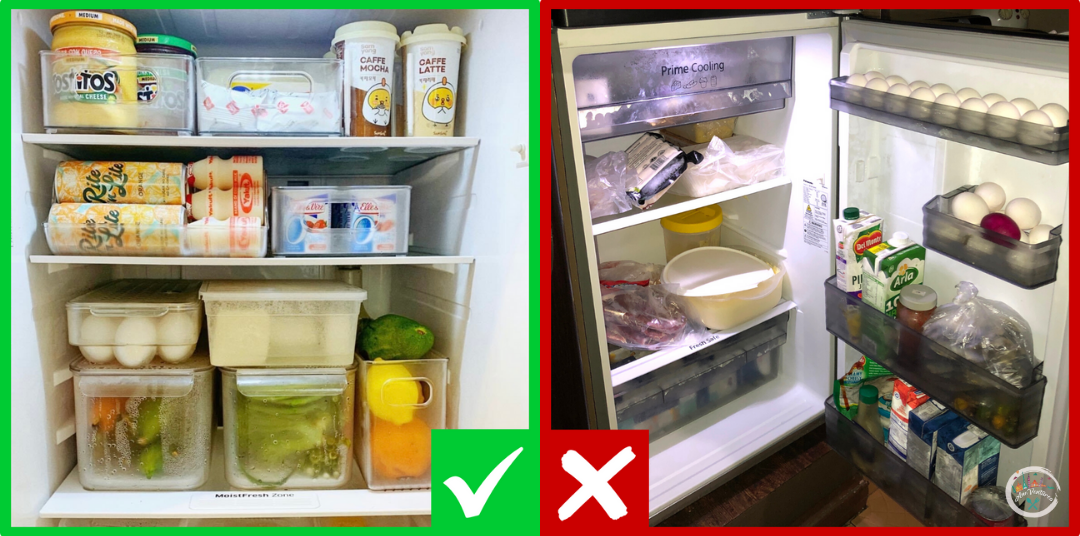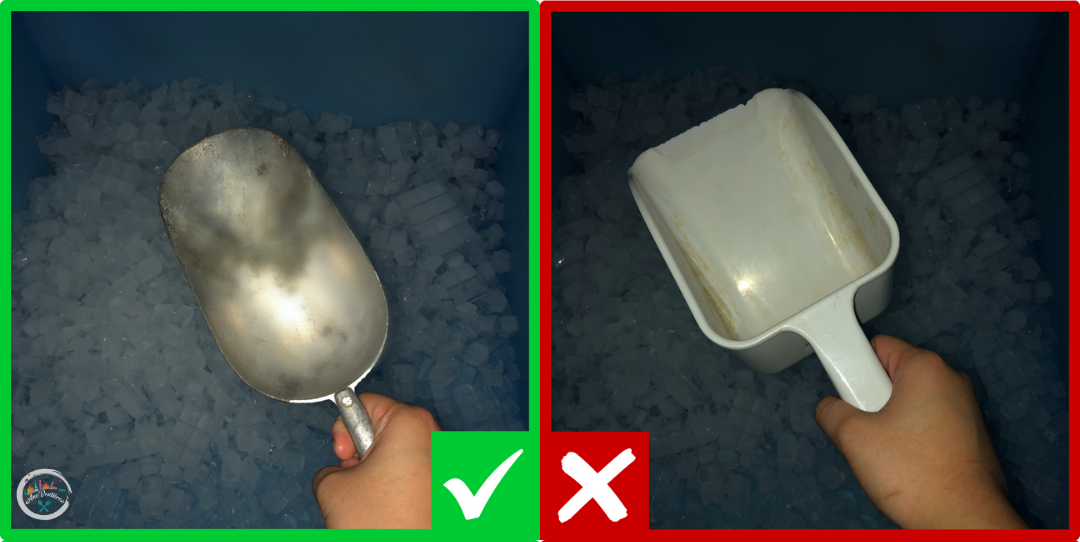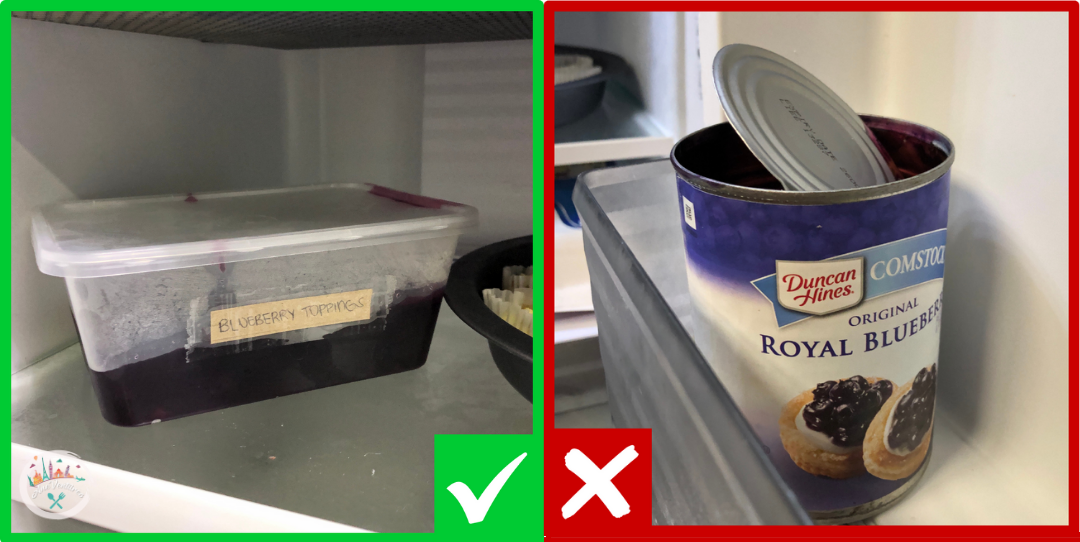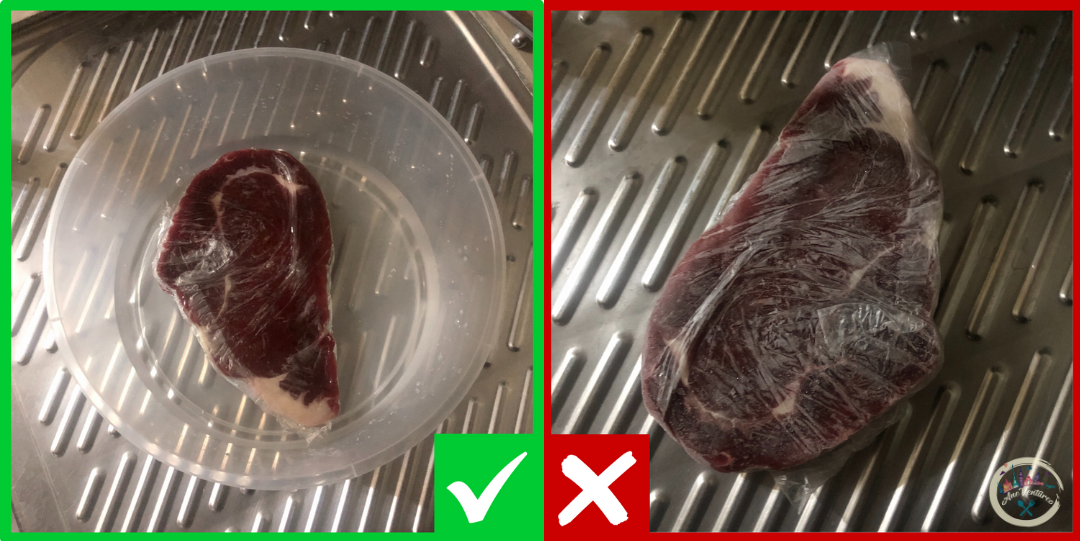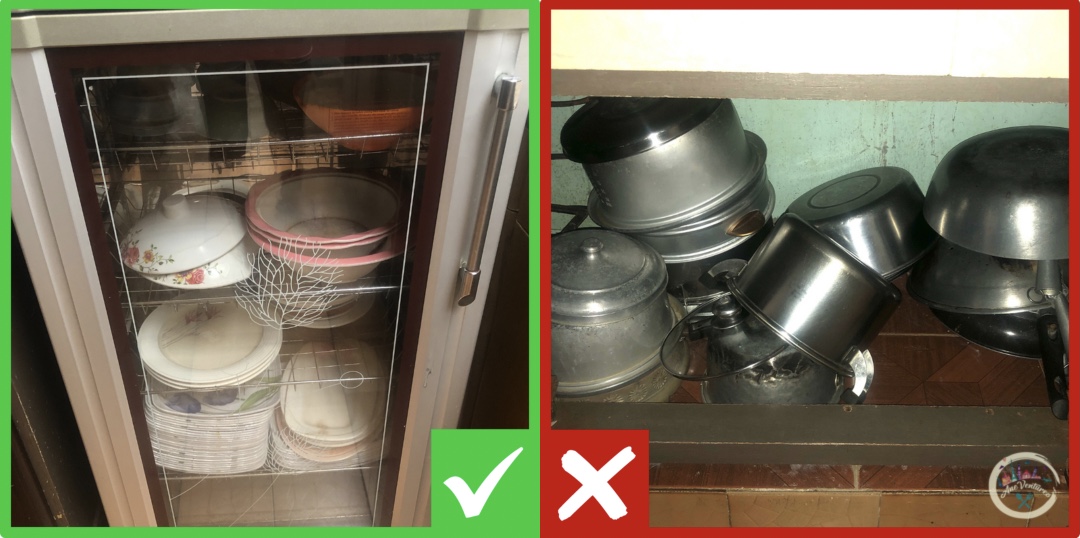Food Safety
Food safety refers to routines in the preparation, handling and storage of food meant to prevent foodborne illness and injury.
As food establishment owners, we became more meticulous about the right food storage and proper meal preparation to protect food from contamination and ensure safety of customers. And I’m happy that our knowledge with food safety doubled as we suddenly became friends with a corporate chef and food development consultant, who is also a food safety instructor. Let’s just say that we had a great lecture from her, which is very timely since we’re under pandemic today.
Here are some food safety tips that we can use not just in restaurants, but also in our respective households.
1. I’ve been doing this wrong for a long time! Thanks to our seminar! I learned that washing raw meat and poultry is not recommended as this can spread germs onto sink or counters. Failure to clean these contaminated areas can lead to foodborne illness. We just have to cook them properly and in the right temperature. That’s enough to kill the germs.
2. Before, we don’t care how we arrange stuff in our fridge. Little did I know that putting raw meat on top shelf has high possibility of contaminating the ready meals at the bottom. Therefore, raw meats and vegetables should be at the bottom layer while ready-to-eat food should be on the top layer. Make sure to put cover on them and keep them sealed.
3. For those who do not know, we have an ice business and milk tea business. We are using ice scoop on both establishments. We make sure to use stainless ice scoop. Plastic or glass ice scoop may can easily get tiny cracks, which can join the rest of the ice. Also, we do not leave the ice scoop in the ice bin as this can be unsanitary.
4. Perhaps, you already know that storing food in an opened tin can can be unsafe. In fact, we should be careful in choosing our canned foods and must pick the ones that aren’t bulging, dented, cracked or leaking as this can attract dangerous bacteria known as Clostridium botulinum. It’s rare but can be deadly.
5. So how do you thaw your meat or seafood? I admit that before, I just put them out of the freezer and let them stay on the counter for hours without minding the germs that it might attract. Starting now, we’re doing the right way by defrosting food in the fridge, in cold water or in the microwave. Once the meat is thawed, they must be cooked immediately.
6. Did you know that, for a restaurant to pass the sanitary test, food and equipment must be stored at least six inches above the floor? Of course, kitchen staff might spread dust while walking. By keeping food off the floor, you eliminate the risk of water or dust polluting the food. Moreover, any height below six inches will make the food susceptible to rodents.
7. We, sometimes, use the microwave oven to cook our food. However, there are times when the food isn’t evenly cooked. The uncooked parts can be prone to food poisoning. Therefore, when cooking in a microwave oven, stir and rotate dish for even cooking. If there is no turntable, stop the appliance every 30 seconds and rotate the dish by hand.
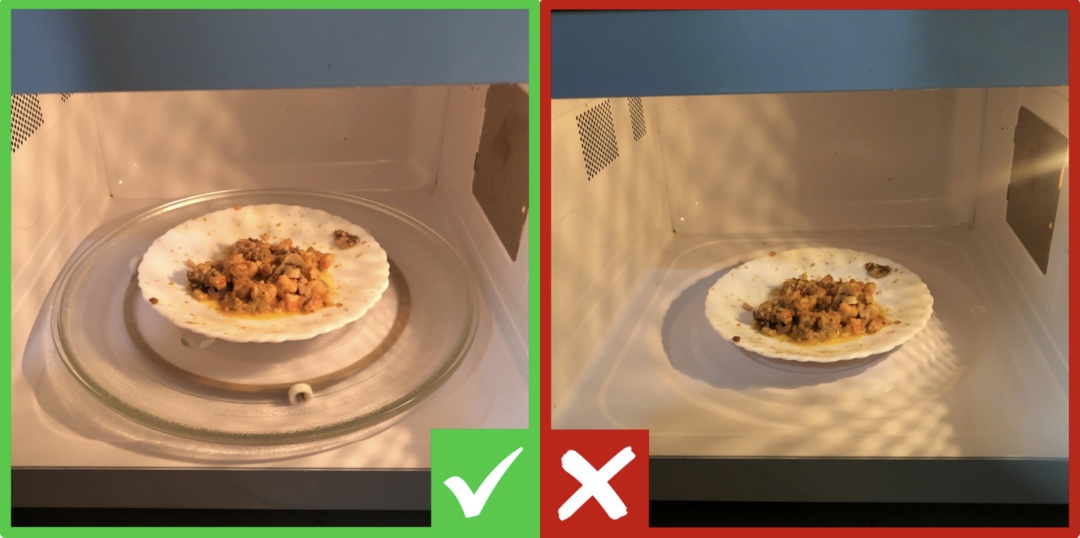 8. When you are assigned in a restaurant kitchen work, obtaining wounds from slicing or burning is quite common. And to cover bleeding, there is a certain color of bandage for that! Blue bandage are used by kitchen staff so if it accidentally falls into the food they are preparing, they will easily see it since blue is not regular food colour, so it stands out.
8. When you are assigned in a restaurant kitchen work, obtaining wounds from slicing or burning is quite common. And to cover bleeding, there is a certain color of bandage for that! Blue bandage are used by kitchen staff so if it accidentally falls into the food they are preparing, they will easily see it since blue is not regular food colour, so it stands out.
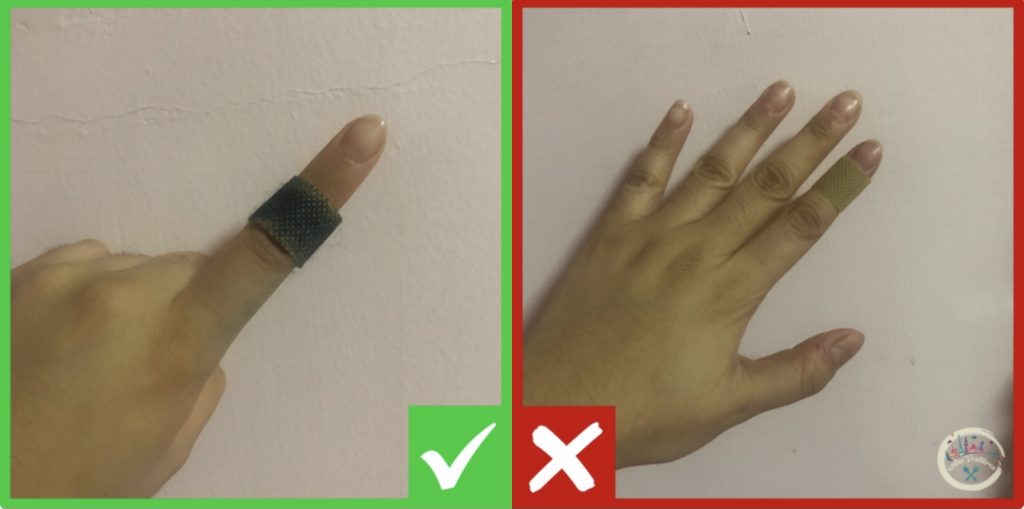
9. We are also thought of proper cutting techniques. Yep! There’s a certain hand positioning, angle and movement when slicing ingredients for a quick yet safe cutting. The ideal position for the helping hand is called the bear claw, with the fingertips curled under and knuckles pressing down on the ingredient to keep it from rolling or sliding.
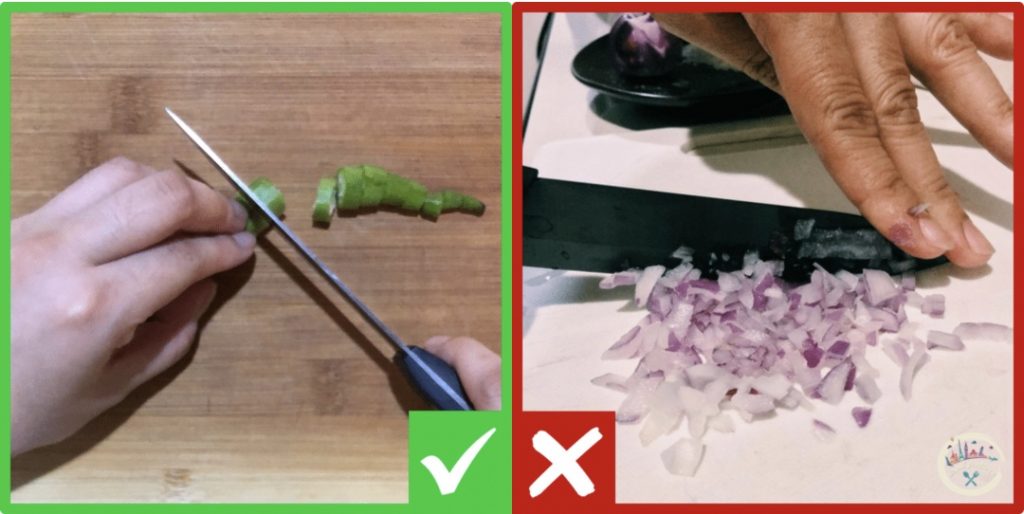
10. Choose paper towels over dish towels. At first, I was also questioning how does this make sense. Of course, we prefer cloth in cleaning utensils since it’s less wasteful. But once recent study found that multi-usage of towels and other factors may influence the growth of pathogens in kitchen towels that may cause food poisoning.
